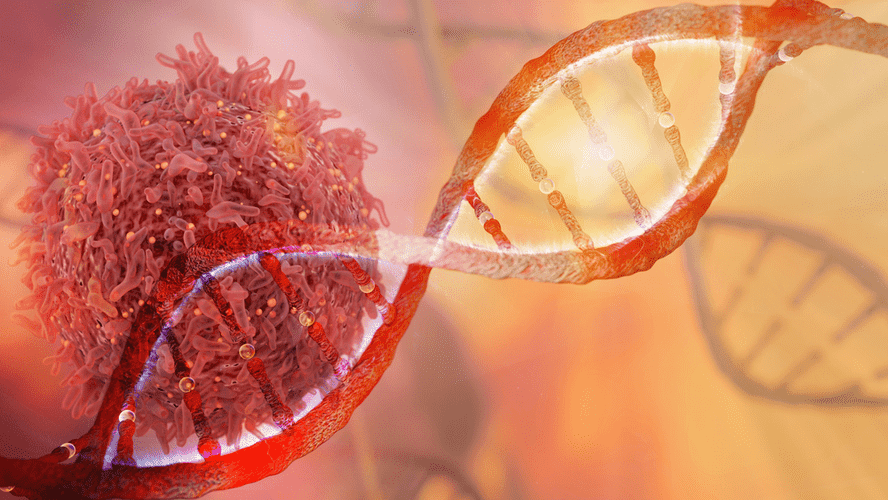They have the highest rate of emergency room visits for their drinking, and they’re likely to suffer medical problems due to alcohol abuse. Almost everyone in the chronic severe subtype has experienced acute withdrawal 5 types of alcoholics symptoms when attempting to cut down. They also have continued drinking despite the many problems it causes. Drinking disrupts their lives and cuts down on the amount of time they spend doing other activities.
- By contrast; these tend to be adults who are working and who are usually in their mid-years.
- In addition, Moss said it is crucial for functional alcoholics to focus on abstinence or return to less dangerous drinking levels.
- Their loved ones either may not realize they’re dealing with addiction or may be in denial because they think the person is successful.
- Many people go out drinking sensibly but, there is cause for concern when it comes to peer pressure, social issues or, personal circumstances which may lead to a reliance on alcohol.
- While functional alcoholics may not binge drink, they do drink more alcohol than the average person.
- They have multiple physical and psychological problems related to their drinking, such as liver disease, brain damage, or psychosis.
- Professionals in the medical field and scientists alike have since found that there are many variables involved.
Knowing where you or your loved one falls under the five categories of alcoholics can help you recognize and understand the signs of a developing addiction. It can also serve as a guide to what treatment programs can help best. Since the causes of alcoholism vary from person to person, the best treatment for one might not work for the next. While treatment for all alcoholics remains generally similar, some may respond better to different addiction support types than others. Some people may transition between different alcoholic types based on changing life circumstances, but this probability depends on various factors, including their response to treatment. In the U.S., the intermediate familial alcoholic subtype comprises 19% of all alcoholics.
Study Finds 5 Types Of Alcoholics
Sub-categories are important and reveal a true representation of alcoholism and negative drinking patterns within the U.S. You may have heard the term functional alcoholics, someone who can hold down a stable job and keep relationships with their family while exhibiting signs of alcoholism. The functional subtype, which makes up about 19.5% of alcoholics, is just that.

There’s no single solution for alcohol addiction, and treatment is highly individualized. In that case, it’s best to speak with your doctor or an addiction treatment professional at a reputable detox or rehab center like Nova Recovery Center. They have low rates of co-occuring mental health issues and having an alcoholic family member. However, some do struggle with other addictions such as to cigarettes or marijuana.
Whether looking for information on programs, admissions, or financial aid, we’re here to help.
Or a person may switch from one type to another depending on their life circumstances or stage of recovery. Chronic severe subtype makes up about 9.2% of alcoholics in the US, and they are the most likely to seek help for their drinking due to life-threatening situations or severe withdrawal symptoms. They may prefer a combination of professional treatment and peer support groups. They are more likely https://ecosoberhouse.com/ to try inpatient or residential addiction treatment programs than other subtypes. You have probably heard someone at some point referred to as a “functional alcoholic.” This means they have a problem with alcohol abuse but can still function at work and participate in family life. This is a third category identified by the NIAAA study, and 19.5%3 of those with alcoholism fall into this category.
- In a study of 1,484 people, scientists identified five types of alcoholism subtypes and their findings might come as a surprise.
- Functional alcoholics make up about 19% of people with alcohol use disorder in the US.
- Functional alcoholics often resist alcohol addiction treatment, believing they have their habit under control.
- If you have a challenge with your drinking habits, you may see yourself sitting in one of the descriptions below.
- The researchers therefore reviewed the alcoholism typology literature since the mid-19th century to identify defining typological characteristics that combined could accurately describe alcoholic subtypes.
A smaller group also form habits related to more extreme drugs like cocaine and heroin. Most likely what a person pictures when the term alcoholic is used, the chronic severe alcoholic subtype only accounts for about 9 percent of the entire US alcoholic population. A chronic severe alcoholic likely started drinking and struggling with alcohol-related issues and problematic drinking at a young age and is currently middle-aged. This subtype also battles antisocial personality disorder at high rates and regularly has issues with the law and therefore criminal or legal troubles as well. As this review has outlined, throughout the past 150 years, researchers and clinicians have developed numerous typological classifications of alcoholism. These classifications have distinguished alcoholism subtypes based on a multitude of defining characteristics, including drinking patterns, consequences of drinking, personality characteristics, and coexisting psychiatric disorders.
Five Types of Alcoholics
For example, young adult alcoholics tend to have better chances of recovery than chronic severe alcoholics because they have less physical damage, fewer co-occurring disorders, and more social support. Factors such as personal circumstances, life events, treatment, and environmental influences can contribute to transitions between different alcoholic subtypes, or changes in the severity of their alcohol addiction. They may have started drinking early and developed a dependence by their 20s. They also tend to smoke cigarettes and use other drugs in addition to alcohol abuse. Understanding the different types of alcoholics can provide a clearer perspective on this pervasive issue and highlight the importance of alcohol addiction treatment.

If you or someone you know is grappling with alcoholism, don’t hesitate to reach out for professional help. When tailoring these treatments to each type of alcoholic, it’s important to consider their unique characteristics. For instance, Young Adult Subtype alcoholics might benefit more from therapy that addresses peer pressure and self-esteem issues. In the journal Drug and Alcohol Dependence, Moss and colleagues describe the five types of alcoholics. In 1893 Kerr, who also was an honorary member of the American association, published the influential textbook Inebriety and Narcomania, which divided inebriates into two groups, periodic and habitual (Kerr 1893). Periodic inebriety is characterized by intense drinking or craving for alcohol interspersed with periods of abstinence.
Young Adult Subtype:
Data collated by the National Institute On Alcohol Abuse and Alcoholism in 2015 revealed that over 86.4% of those over the age of 18 admitted they had drunk alcohol at some point. Many people start drinking at a young age with or without permission; however, it’s important to understand the criteria for alcoholism as not everyone who drinks alcohol develops a dependency. Many people go out drinking sensibly but, there is cause for concern when it comes to peer pressure, social issues or, personal circumstances which may lead to a reliance on alcohol. There is no denying the fact that approximately 88,000 people die through alcohol-related causes on an annual basis. Alcoholism is a huge problem in the United States, and these issues must be addressed appropriately. There are many types of alcoholics which complicate the situation as alcoholism is not a one-type-fits-all.
- At Gateway, we can help you begin your recovery journey no matter what type of alcoholic you are.
- Another factor is whether or not someone is also addicted to other drugs.
- NuView Treatment Center is a top leading Los Angeles outpatient alcohol and drug rehab program.
- Our quarterly newsletter reminds you that others have gone down this path and can provide valuable support.